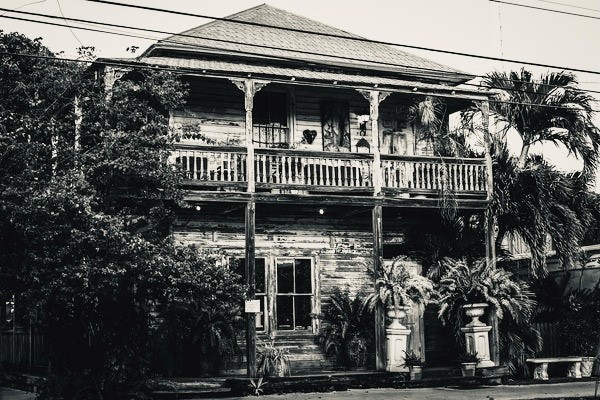
Palm Beach County’s first tourists were the early settlers. These earliest visitors became the first residents of the area. The first permanent residents of Palm Beach County date back to 1872. They struggled to clear the dense marshland for building homes and growing crops.
Farming was the way that most of the early homesteaders and pioneers made their living. Most people probably do not know that Palm Beach County was once the largest pineapple growing area in the continental United States (at that time Hawaii was still a territory). Pineapple growing in Florida goes back to 1860, when Benjamin Baker planted the first pineapples in the Florida Keys at Plantation Key from plants he had brought in from Cuba. By 1876, pineapple farming was spreading, and Jensen Beach became the pineapple capital of South Florida. Traditional crops such as tomatoes, beans, and potatoes were also grown, but the unique sub-tropical climate of South Florida allowed more tropical and exotic fruits to be grown. The king of all those early crops was the pineapple.
A ship traveling from Havana, Cuba called the “Providencia” was traveling to Barcelona, Spain, transporting a load of coconuts was shipwrecked ashore Lake Worth’s coastline. The early settlers salvaged the coconuts. Coconut Palms were not indigenous to South Florida. The first residents wasted no time in planting the coconuts to introduce another profitable agricultural industry to South Florida. Palm Beach was named because of that shipwreck.
In the late 1800’s, the Jupiter and Lake Worth Celestial Railroad and Henry Flagler’s Florida East Coast (F.E.C.) Railroad began service. The F.E.C. railroad unlocked Palm Beach County to the tourism industry. The first hotel, the Coconut Grove House, was built in 1880. By the 1890’s several hotels opened as word spread about the beauty in South Florida.



